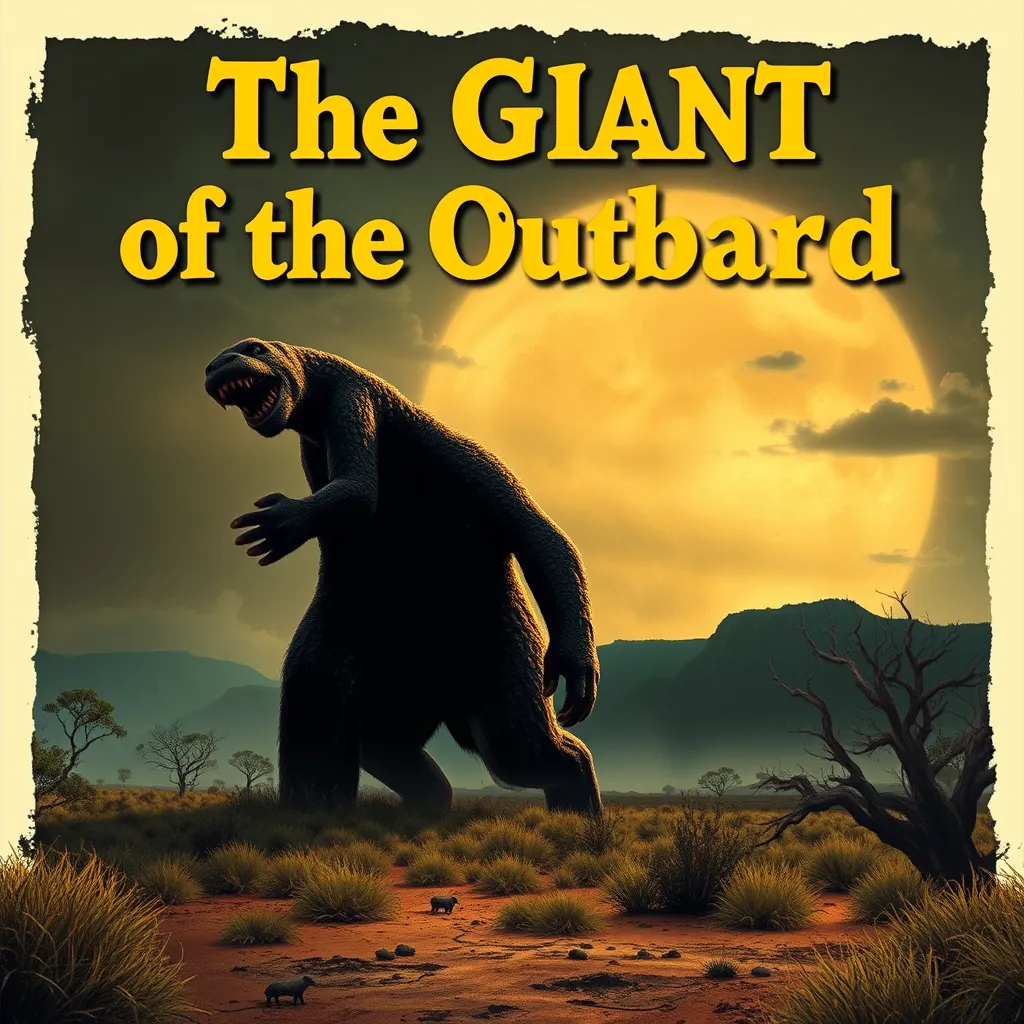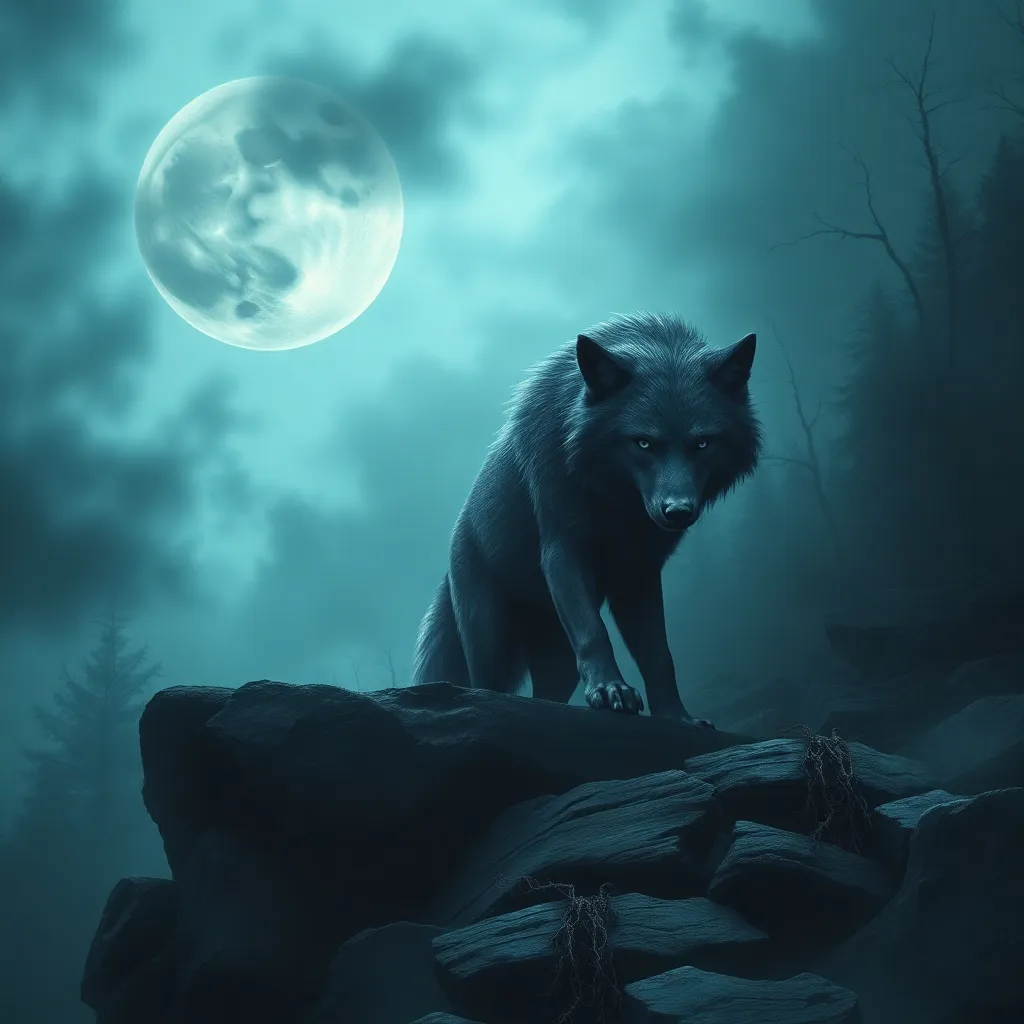From Ancient Stories to Modern Interpretation: Exploring the Selkie’s Evolution Through Time
I. Introduction
A Selkie is a mythical creature found in Scottish, Irish, and Norse folklore, often depicted as a seal that can shed its skin to become human. Selkies are significant in folklore, embodying themes of transformation, love, and the connection between humanity and nature. This article aims to trace the evolution of the Selkie myth from ancient origins through modern interpretations, highlighting how these enchanting beings have persisted in cultural narratives over centuries.
II. Historical Origins of the Selkie Myth
The Selkie myth has deep roots in ancient Celtic and Norse traditions. These stories often reflect the lives of coastal communities that relied on the sea for their livelihood, thus creating a rich tapestry of folklore intertwined with their daily existence.
A. Ancient Celtic and Norse Traditions
In Celtic mythology, Selkies are known as ‘selkie folk’ and are believed to inhabit the waters surrounding Scotland and Ireland. Similarly, Norse legends speak of seal-like beings capable of transforming into humans. These creatures represent the fluidity of identity and the connection between the sea and the human experience.
B. Key Myths and Stories Featuring Selkies in Early Literature
- The Legend of the Selkie Wife: A common tale where a fisherman captures a Selkie’s skin, forcing her to marry him. Eventually, she yearns for the sea and returns to her true form.
- The Selkie of Sule Skerry: A haunting story about a Selkie’s love for a human, highlighting themes of longing and the inescapable pull of the ocean.
C. Cultural Significance of the Selkie in Coastal Communities
Selkies symbolize the relationship between humans and the sea, representing both the bounty and the dangers that the ocean holds. In communities dependent on fishing, Selkies embodied the spiritual connection to the marine environment, often serving as a reminder of respect for nature’s power.
III. The Selkie in Folklore and Literature
The Selkie myth has been explored in various forms of folklore and literature, often carrying profound messages about transformation and the human experience.
A. Analysis of Classic Selkie Tales and Their Themes
- Transformation and Duality: Selkies embody duality, existing as both seals and humans. This theme resonates with the idea of hidden identities and the struggle between societal expectations and personal desires.
- Love and Loss: Many Selkie stories focus on the heartache of love lost to the sea, showcasing the ephemeral nature of relationships and the longing for connection.
B. Notable Works Featuring Selkies
Classic ballads and poems often depict Selkies, capturing their essence in lyrical form. Works such as The Ballad of the Selkie of Sule Skerry convey the poignant beauty and tragedy of the Selkie’s existence, allowing readers to connect with the emotional depth of these narratives.
IV. The Selkie in Art and Symbolism
Over the centuries, Selkies have been represented in various art forms, symbolizing deeper meanings associated with nature and humanity.
A. Visual Representations of Selkies in Historical Art
Historical art often depicts Selkies in their seal form or in transition between seal and human, emphasizing their dual nature. These representations can be found in folk art, paintings, and illustrations, reflecting the fascination with these mythical beings.
B. The Symbolism of Selkies in Relation to Nature and Humanity
Selkies symbolize the connection between the human world and the natural environment. They remind us of the delicate balance we must maintain with nature, serving as a metaphor for the need to respect and protect our marine ecosystems.
C. The Role of Selkies in Maritime Culture and Symbolism
In maritime culture, Selkies are often seen as omens or protectors of sailors. Their stories serve as cautionary tales, underscoring the unpredictability of the sea and the respect it commands.
V. Modern Interpretations of the Selkie Myth
In contemporary times, the Selkie myth has been revisited and reinterpreted in literature, media, and art, reflecting changing societal values and concerns.
A. Contemporary Literature and Media Featuring Selkies
Modern stories often place Selkies in new contexts, exploring themes of identity and belonging in a contemporary setting. Works such as The Selkie’s Song by Aileen O’Connor showcase the adaptability of the Selkie myth.
B. Changes in Representation and Themes in Modern Adaptations
Today’s adaptations often highlight feminist themes, focusing on the empowerment of Selkie characters and their journeys towards self-discovery and autonomy.
C. The Selkie as a Symbol of Environmental Awareness and Conservation
In modern narratives, Selkies are increasingly seen as symbols of environmental stewardship, representing the urgency of protecting marine life and ecosystems in the face of climate change.
VI. The Selkie in Popular Culture
Selkies have made their mark in popular culture through various forms of media, influencing how they are perceived today.
A. Film and Television Portrayals of Selkies
Films such as Song of the Sea and The Secret of Roan Inish bring the Selkie myth to life, captivating audiences with stunning visuals and poignant storytelling.
B. The Impact of Modern Storytelling on the Perception of Selkies
Modern storytelling techniques allow for deeper character development, enabling audiences to connect with Selkies on a personal level, thus reshaping their cultural significance.
C. Discussion of Selkies in Music and Performance Arts
Selkies have also influenced musicians and performers, inspiring songs and theatrical productions that explore their enchanting stories and themes.
VII. The Relevance of the Selkie Myth Today
The Selkie myth continues to resonate with contemporary audiences, reflecting enduring themes that are relevant in today’s society.
A. The Enduring Appeal of the Selkie Myth in Contemporary Society
The timeless nature of the Selkie story appeals to modern audiences, connecting them to a sense of wonder and the mysteries of the sea.
B. How Modern Audiences Relate to the Themes of the Selkie Story
Many modern audiences find resonance in themes of identity, belonging, and the search for personal truth, making the Selkie myth relevant to contemporary discussions about self-discovery.
C. The Selkie as a Metaphor for Identity and Belonging in Today’s World
As global issues of displacement and identity continue to evolve, the Selkie serves as a powerful metaphor for those navigating their own journeys of belonging in an increasingly complex world.
VIII. Conclusion
From its ancient origins to modern interpretations, the Selkie myth has evolved while retaining its core themes of transformation, love, and the connection between humanity and nature. Preserving folklore such as the Selkie story is essential in modern storytelling, allowing for cultural continuity and a bridge between past and present narratives. As we continue to explore these enchanting beings, they remind us of our own identities and the deep ties we share with the natural world.



